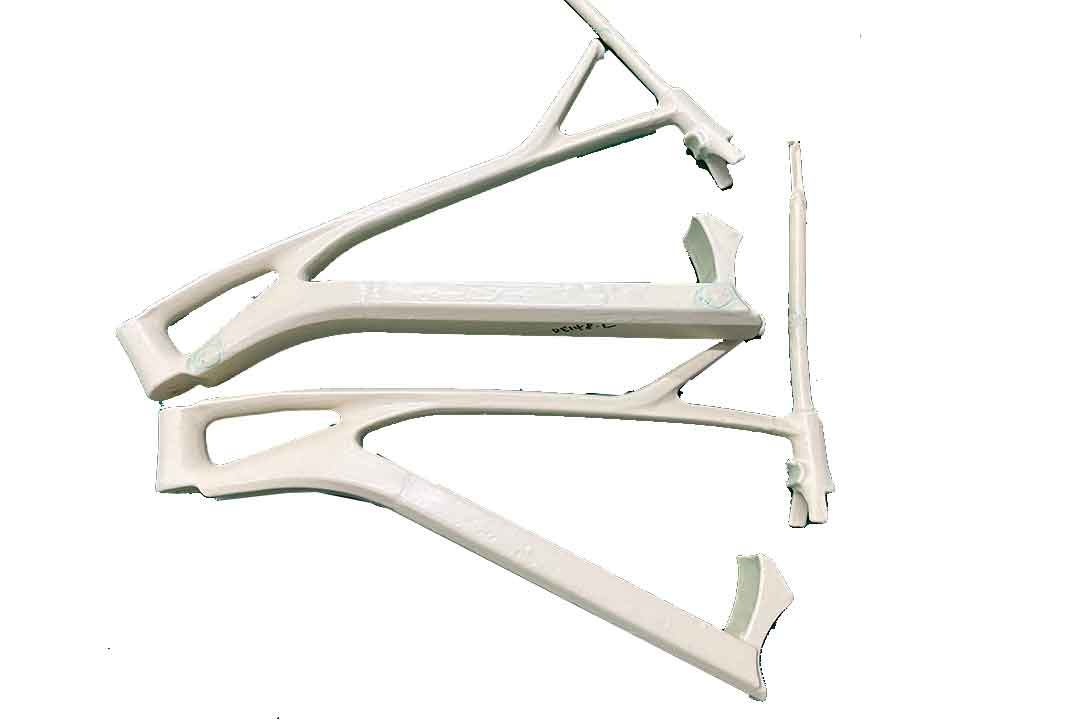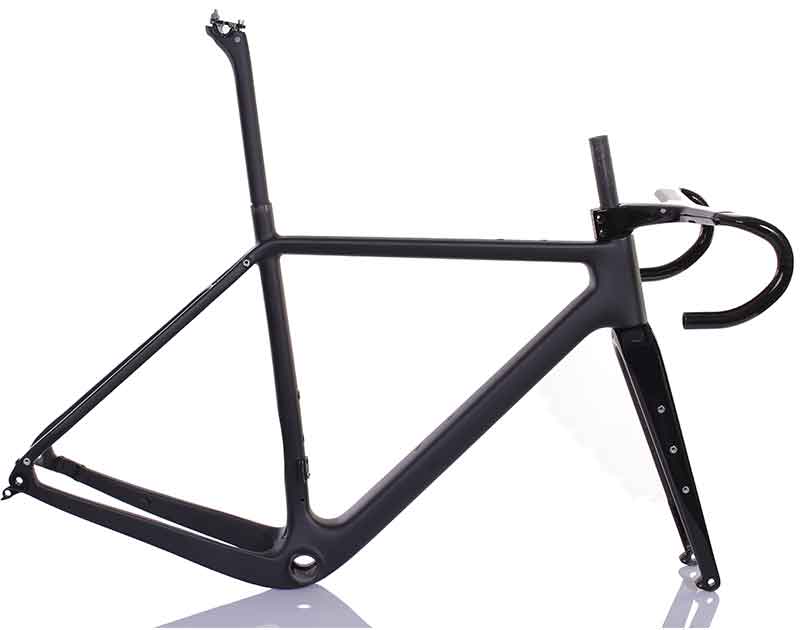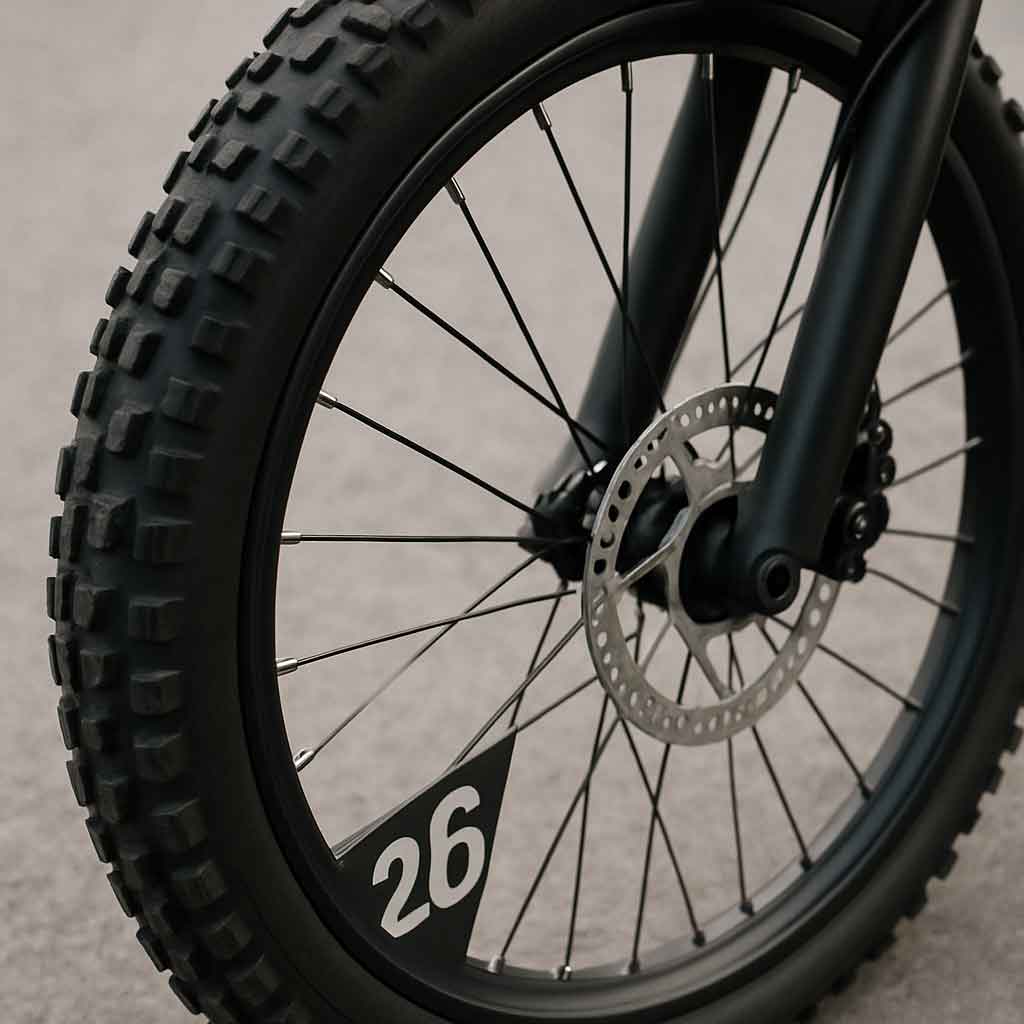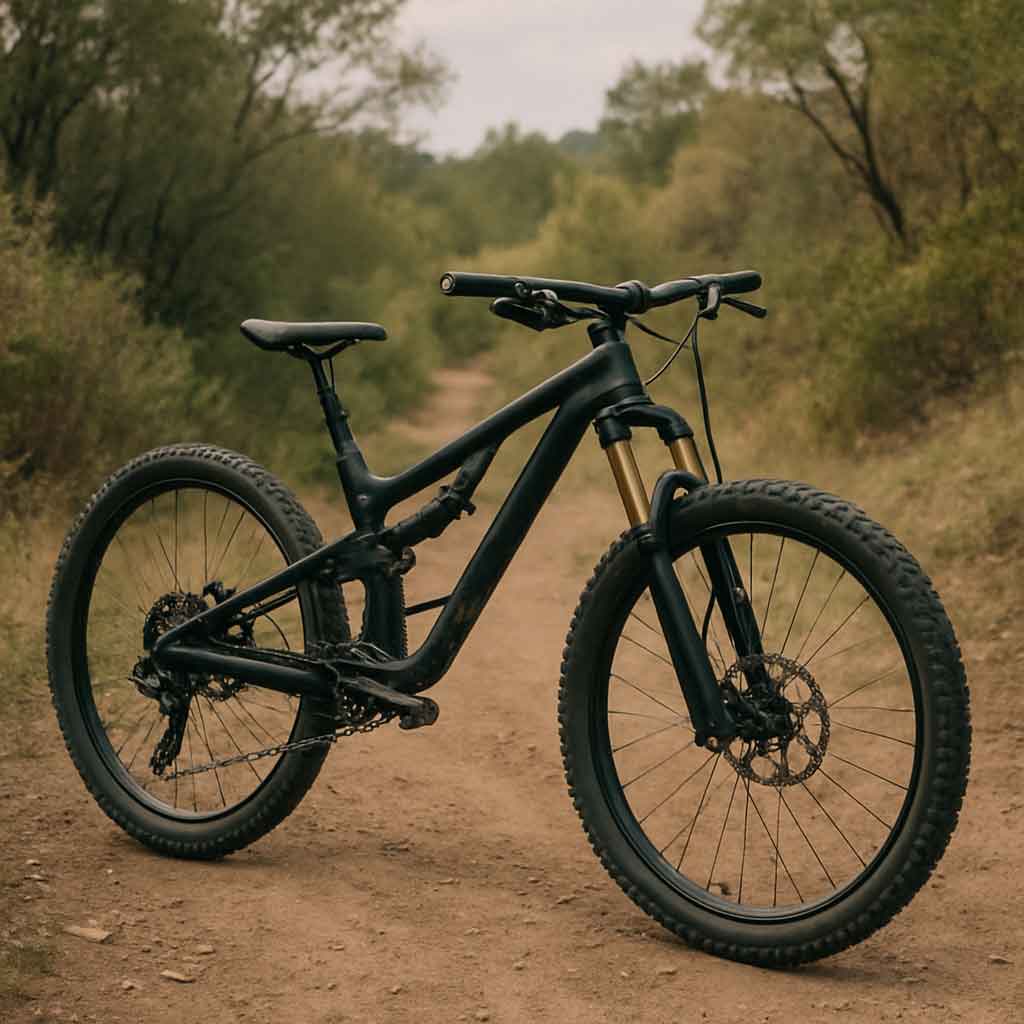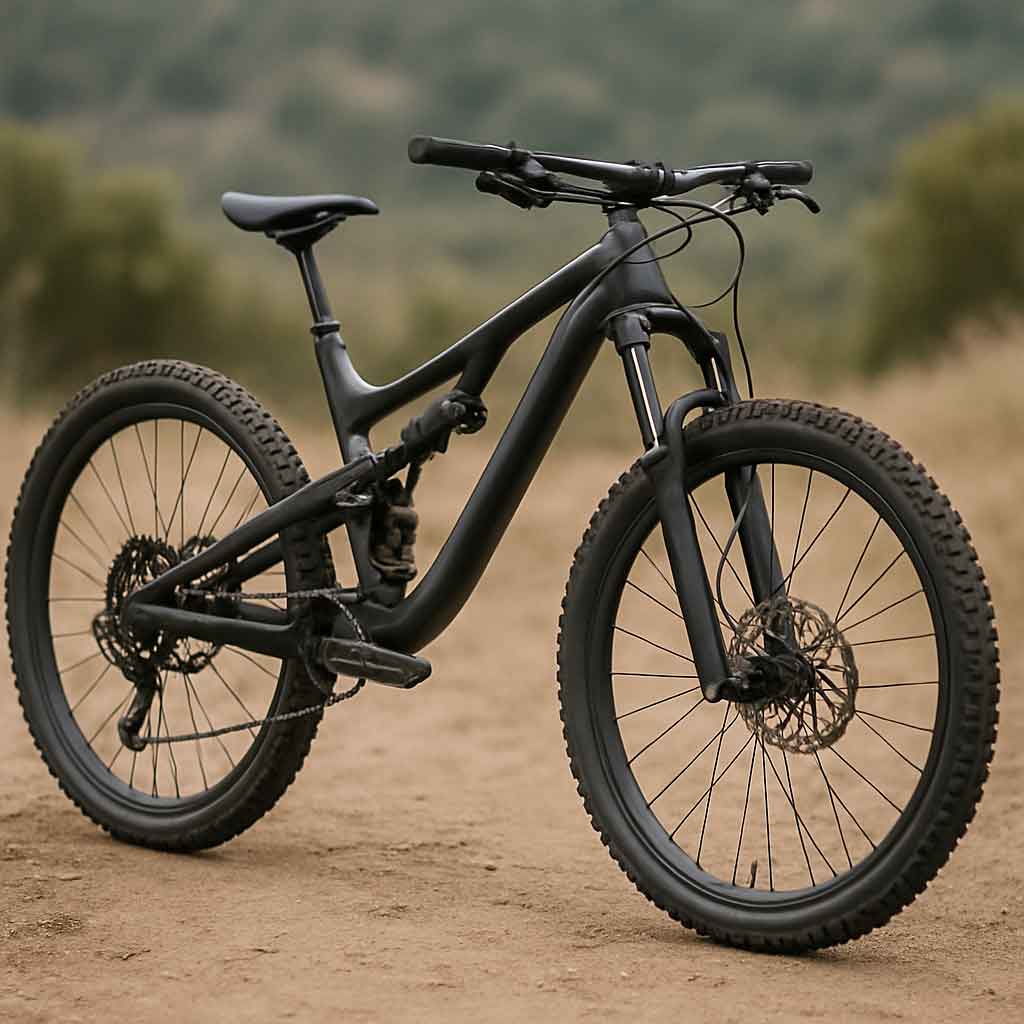Welcome to Mondince Bike - A well-known factory specialized in produce carbon bike frame and other parts since 2007.
Best Practices for Riding Gravel Bikes

by Angel Santos (https://unsplash.com/@afs_snapshots)
Gravel bikes are designed to handle a variety of terrains, making them versatile and adaptable. Unlike traditional road bikes, gravel bikes have a more relaxed geometry, wider tires, and a robust build to manage rough paths and loose surfaces. This versatility also means they can be used on paved roads, offering a comfortable and stable ride.
Key Features of Gravel Bikes
Gravel bikes are uniquely equipped with features that set them apart from other types of bikes. The geometry is designed to provide a more upright riding position, enhancing comfort over long distances. This is particularly beneficial for riders who spend hours on the saddle, as it reduces strain on the back and neck. Additionally, the frame material is often aluminum or carbon fiber, balancing durability with lightweight performance.
Versatility Across Terrains
One of the defining characteristics of gravel bikes is their ability to transition seamlessly between different terrains. Whether you're traversing dirt paths, rocky trails, or smooth pavements, gravel bikes offer stability and control. The wider tires improve traction on loose surfaces, while the robust construction withstands the rigors of off-road riding. This makes gravel bikes an excellent choice for adventure seekers and those who enjoy exploring diverse landscapes.
Gravel Bike vs. Road Bike
One of the most common questions among cycling enthusiasts is whether a gravel bike can double as a road bike. The answer is a resounding yes. While gravel bikes are built for rugged terrains, they perform admirably on paved roads too. Their relaxed design ensures comfort over long distances, and the wider tires provide additional grip and cushioning, making them suitable for road use.
Essential Gravel Bike Maintenance
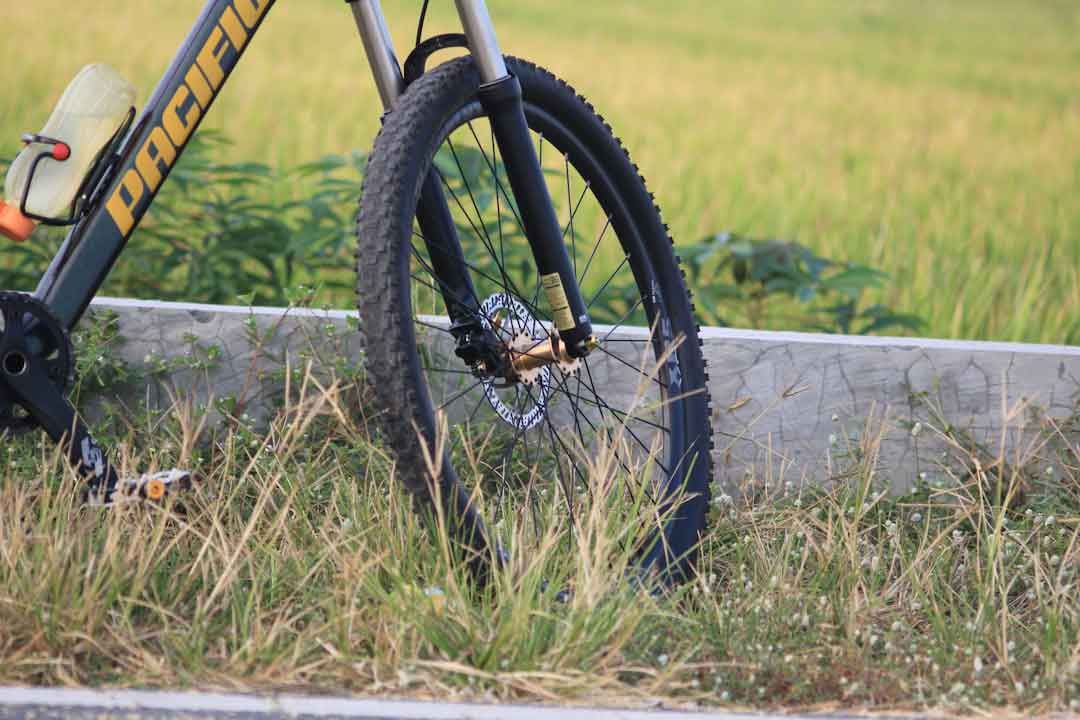
by Sri Widayanto (https://unsplash.com/@thisisgeipenko)
Proper maintenance is crucial to ensure the longevity and performance of your gravel bike. Here are some key maintenance tips:
Regular Cleaning
Gravel biking often involves riding through dirt, mud, and dust, which can accumulate on your bike. Regular cleaning prevents buildup that can damage components over time. Use a gentle brush and soapy water to clean the frame, tires, and chain. Avoid high-pressure water jets, as they can force water into bearings and other sensitive areas.
The Importance of Cleanliness
Keeping your gravel bike clean is not just about aesthetics; it's crucial for performance and longevity. Dirt and grime can cause friction in the moving parts, leading to wear and tear. Regular cleaning helps prevent rust and corrosion, especially after rides in wet conditions. Make it a habit to clean your bike after every ride to ensure it remains in top condition.
Tools for Effective Cleaning
Investing in the right cleaning tools can make the process more efficient. A set of brushes, including a soft brush for the frame and a stiffer brush for the drivetrain, is essential. Additionally, use a degreaser to clean the chain and other components effectively. Microfiber cloths are great for drying and polishing the bike after washing.
Post-Cleaning Inspection
After cleaning your bike, take the time to inspect it for any signs of damage or wear. Check for cracks in the frame, worn-out brake pads, and any loose bolts. This proactive approach allows you to address potential issues before they become major problems, ensuring your bike is safe and reliable for the next adventure.
Tire Check and Pressure
Tires are one of the most critical components of a gravel bike. Regularly inspect them for cuts, wear, and proper inflation. The ideal tire pressure depends on your weight and terrain, but generally, gravel tires should be inflated to a lower pressure than road tires to provide better traction and comfort.
Understanding Tire Wear
Gravel tires are designed to withstand rough conditions, but they still need regular inspection for wear and tear. Look for any cuts, punctures, or bald spots that could affect performance. Replacing tires when necessary is crucial for maintaining grip and safety on various terrains.
Pressure Adjustments for Different Terrains
The correct tire pressure can significantly impact your ride quality and safety. Lower pressure provides better traction on loose surfaces, while higher pressure is suitable for smoother roads. Experiment with different pressures to find the optimal balance for your riding style and conditions.
Tubeless vs. Tubed Tires
Many gravel bikers opt for tubeless tires, which offer several advantages, including reduced risk of punctures and the ability to run lower pressures. Tubeless setups can be more complex to install, but the benefits often outweigh the challenges. Consider your riding preferences and maintenance capabilities when choosing between tubeless and tubed tires.
Chain Lubrication
A well-lubricated chain ensures smooth shifting and minimizes wear. Clean your chain with a degreaser and apply a suitable lubricant. Wipe off any excess to prevent attracting dirt.
Choosing the Right Lubricant
The type of lubricant you use can affect your bike's performance. Wet lubes are suitable for rainy conditions, while dry lubes are better for dusty environments. Ensure you use the appropriate lubricant for your typical riding conditions to maintain optimal chain performance.
Regular Lubrication Schedule
Establish a regular lubrication routine based on how frequently you ride and the conditions you encounter. A well-maintained chain not only enhances performance but also extends the life of your drivetrain. Check your chain before each ride and apply lubricant as needed.
The Impact of a Clean Chain
A clean and properly lubricated chain reduces friction and wear on your bike's components. This not only improves efficiency but also makes your rides smoother and more enjoyable. Regular maintenance prevents costly repairs and ensures your bike remains reliable.
Brake Inspection
Given the varied terrains in gravel biking, reliable brakes are essential. Regularly check the brake pads for wear and ensure the brake levers engage smoothly. Adjust or replace components as needed to maintain optimal braking performance.
Types of Brake Systems
Gravel bikes can have either rim brakes or disc brakes, each with its own maintenance requirements. Disc brakes offer superior stopping power and are more effective in wet conditions. Understanding your bike's brake system helps you perform appropriate maintenance and troubleshooting.
Recognizing Brake Wear
Worn brake pads can compromise your safety, especially on steep descents. Regularly inspect the pads for signs of wear and replace them when necessary. Listen for unusual noises when braking, as they can indicate misalignment or other issues needing attention.
Maintaining Brake Performance
Ensure your brakes are properly aligned and the cables or hydraulic lines are in good condition. Regularly check for leaks in hydraulic systems and adjust cable tension as needed. Properly functioning brakes are critical for safe and confident gravel riding.
Riding Techniques for Gravel Roads
Riding on gravel requires a different approach compared to smooth pavements. Here are some tips to improve your gravel riding skills:
Find Your Line
On gravel, finding the smoothest line can make a significant difference in your ride quality. Look for paths with the least amount of loose gravel and follow them. This reduces the risk of slipping and makes the ride more comfortable.
Reading the Terrain
Learning to read the terrain is a crucial skill for gravel biking. Pay attention to the texture and color of the gravel, which can indicate areas of loose or packed surfaces. This awareness helps you anticipate changes and adjust your line accordingly.
Adapting to Changing Conditions
Gravel roads can vary greatly, even within a single ride. Stay alert and be prepared to adjust your line as the terrain changes. This adaptability enhances safety and allows you to maintain control over your bike.
The Role of Body Position
Your body position plays a significant role in navigating gravel roads. Lean slightly forward when climbing to maintain traction, and shift your weight back on descents for stability. These adjustments help you maintain balance and control on varied surfaces.
Stay Relaxed
A relaxed posture helps absorb shocks from uneven surfaces. Keep a firm but gentle grip on the handlebars and avoid tensing up your upper body. This flexibility allows the bike to move beneath you, maintaining balance and control.
The Importance of Core Engagement
Engage your core muscles to support your upper body and reduce strain on your arms and shoulders. A strong core provides stability and allows you to react quickly to changes in the terrain. This engagement is key to maintaining a relaxed and efficient riding posture.
Breathing Techniques for Relaxation
Controlled breathing can help you stay relaxed and focused, especially on challenging sections. Inhale deeply through your nose and exhale slowly through your mouth to calm your nerves and maintain concentration. This technique is useful for managing stress and fatigue during long rides.
Handling Rough Sections
When encountering particularly rough sections, allow your bike to move beneath you while maintaining a relaxed grip. Bend your elbows and knees to absorb shocks, and let the bike find its path. This approach helps you navigate difficult terrain without losing control.
Adjust Your Speed
Control your speed on descents and approach corners cautiously. Gravel surfaces can be unpredictable, so it's crucial to maintain a speed that allows for quick reactions to any changes in the terrain.
Descending on Gravel
Descending on gravel requires a different approach than on paved roads. Keep your weight back, stay off the brakes as much as possible, and maintain a steady speed. This technique helps you stay in control and reduces the risk of skidding.
Approaching Corners
When approaching corners on gravel, reduce your speed and choose a wide line for stability. Avoid sudden movements, and use your body to guide the bike through the turn. This cautious approach helps you navigate corners safely and confidently.
Managing Speed on Climbs
Climbing on gravel can be challenging, especially on loose surfaces. Maintain a steady cadence and use lower gears to keep your speed consistent. This approach helps you conserve energy and maintain traction on steep ascents.
Practice Braking
Braking on gravel is different from braking on pavement. Use both brakes to maintain control, but be cautious not to lock them up, especially the front brake, as this can cause skidding. Modulate your braking to ensure smooth deceleration.
Brake Modulation Techniques
Learn to modulate your brakes by applying gradual pressure rather than squeezing them suddenly. This technique helps prevent skidding and allows you to maintain control, especially on loose surfaces. Practice brake modulation on different terrains to build confidence and skill.
Front vs. Rear Brakes
Understanding the role of each brake is essential for effective braking on gravel. The front brake provides more stopping power but can cause skidding if overused. The rear brake helps control speed without compromising stability. Use both brakes in tandem for balanced and controlled stopping.
Emergency Braking Situations
In emergency situations, it's crucial to remain calm and apply your brakes smoothly. Shift your weight back and use your body to stabilize the bike. Practicing emergency braking techniques in a controlled environment can prepare you for unexpected situations on the trail.
Planning Your Gravel Adventure
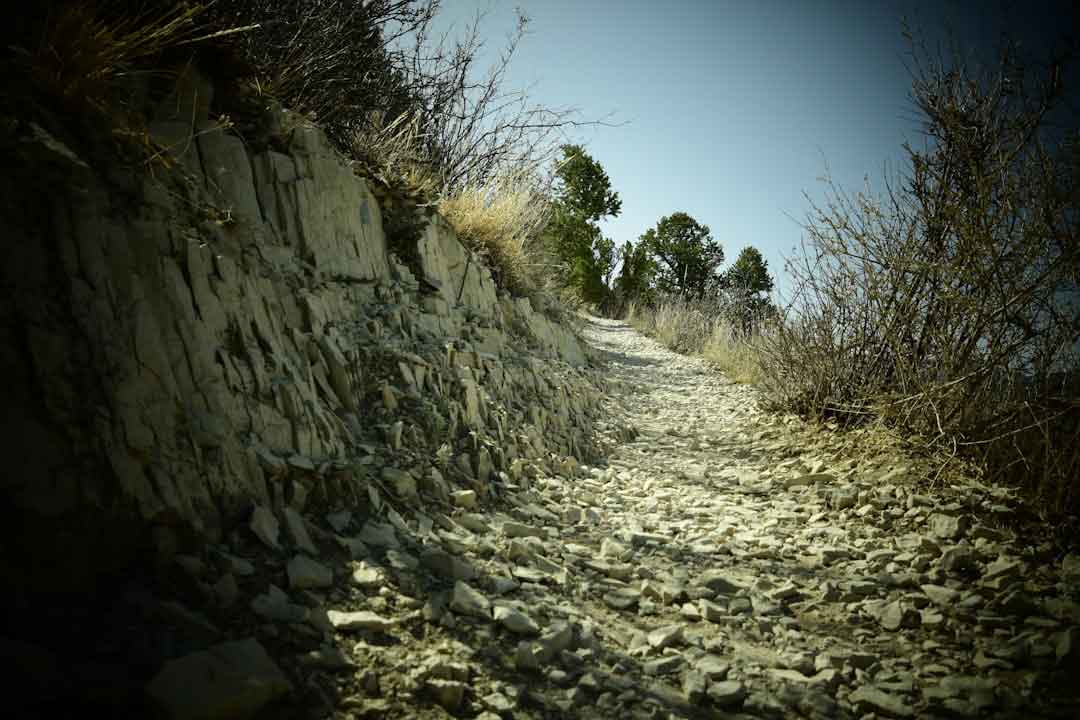
by Michael Barber (https://unsplash.com/@michael_barber)
When planning a gravel ride, preparation is key to a successful and enjoyable adventure.
Route Selection
Choose a route that matches your skill level and interests. Many apps and websites offer maps of popular gravel trails. Consider factors like distance, elevation, and terrain difficulty when planning your ride.
Researching Trails
Researching trails in advance can help you find routes that align with your preferences and abilities. Online forums, social media groups, and local cycling clubs are valuable resources for discovering new trails and gathering insights from fellow riders.
Understanding Elevation Profiles
Elevation profiles provide essential information about the climbs and descents on a trail. Assessing these profiles helps you prepare for challenging sections and plan rest stops accordingly. Understanding the elevation can also guide your training and conditioning efforts.
Customizing Your Ride
Customizing your ride to suit your preferences enhances the experience. Consider incorporating scenic viewpoints, historical landmarks, or other points of interest into your route. Personalizing your adventure adds an element of excitement and discovery to your gravel biking journey.
Pack Essentials
Gravel rides can take you into remote areas, so it's important to be prepared. Carry essential tools like a multi-tool, spare tubes, and a pump. Additionally, pack enough water and snacks to keep your energy levels up during the ride.
Tool and Repair Kits
A well-equipped tool kit is essential for addressing mechanical issues on the trail. Include a multi-tool, tire levers, patch kit, and a portable pump. Familiarize yourself with basic repairs to handle minor issues and continue your ride with confidence.
Nutrition and Hydration
Proper nutrition and hydration are vital for maintaining energy and performance on long rides. Pack energy bars, gels, or trail mix for quick snacks, and bring enough water or a hydration system to stay hydrated. Plan water refills based on your route and conditions.
Clothing and Safety Gear
Dress appropriately for the weather and terrain, and consider packing extra layers in case of temperature changes. Wear a helmet, sunglasses, and gloves for protection, and consider additional safety gear like a first aid kit and a GPS device for navigation.
Weather Awareness
Check the weather forecast before heading out. Gravel roads can become challenging in wet conditions, so dress appropriately and be ready to adjust your plans if necessary.
Understanding Weather Patterns
Understanding the weather patterns in your region helps you anticipate changes and plan your rides accordingly. Familiarize yourself with local weather resources and be aware of seasonal variations that could impact trail conditions.
Adapting to Weather Changes
Weather conditions can change rapidly, especially in remote areas. Be prepared to adapt your clothing and gear to stay comfortable and safe. Consider carrying a lightweight rain jacket or windbreaker for unexpected weather shifts.
Safety Considerations in Extreme Weather
Extreme weather conditions, such as thunderstorms or extreme heat, can pose risks to cyclists. Prioritize safety by postponing rides during severe weather and seeking shelter if necessary. Being prepared for weather-related challenges ensures a safe and enjoyable gravel biking experience.
The Joy of Gravel Biking
Gravel biking offers a unique blend of adventure and exploration. It allows you to connect with nature and discover trails less traveled. As you gain experience and confidence, you'll find that gravel biking can be both a thrilling challenge and a peaceful escape from the hustle and bustle of everyday life.
Embracing the Adventure
Gravel biking is more than just a physical activity; it's an opportunity to explore new places and push your boundaries. Embrace the adventure by seeking out new trails, challenging yourself with different terrains, and savoring the sense of accomplishment that comes with each ride.
Connecting with Nature
Gravel biking immerses you in natural surroundings, providing a unique perspective on the landscape. The slower pace allows you to appreciate the beauty of your environment, from the sights and sounds of wildlife to the changing colors of the seasons. This connection with nature is a key aspect of the gravel biking experience.
Building Community and Camaraderie
Gravel biking fosters a sense of community among riders who share a passion for adventure and exploration. Participate in group rides, join local clubs, and engage with fellow cyclists online to build connections and share experiences. The camaraderie and support of the gravel biking community enhance the joy of riding and inspire continued growth and exploration.
By following these best practices, you'll not only improve your gravel biking skills but also ensure that your bike remains in top condition. Whether you're using your gravel bike on the road or tackling rugged trails, these tips will help you make the most of your cycling experience. Happy riding!



